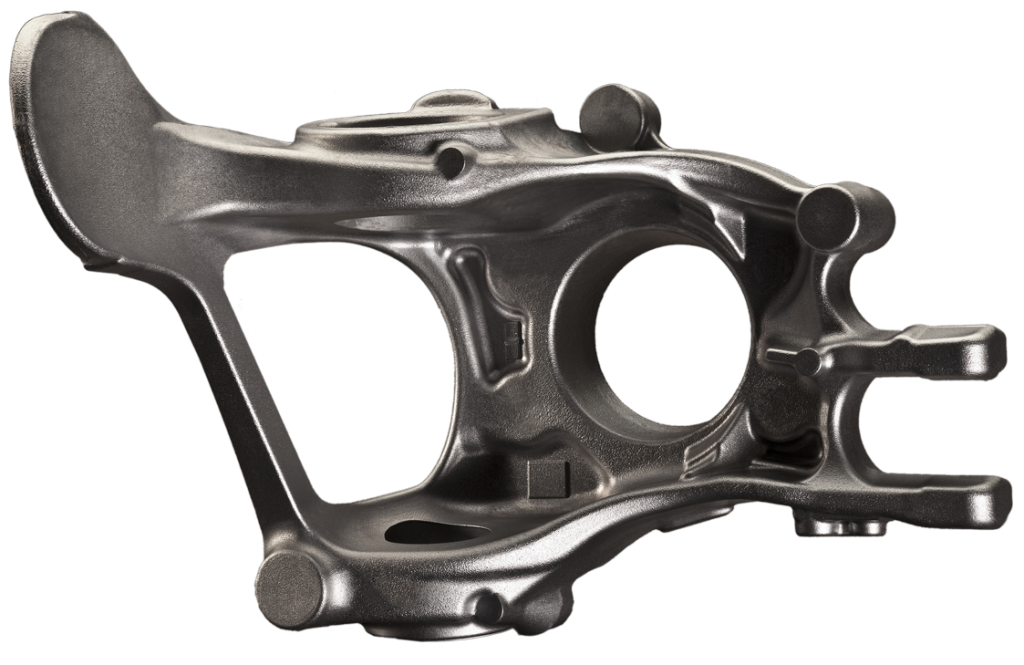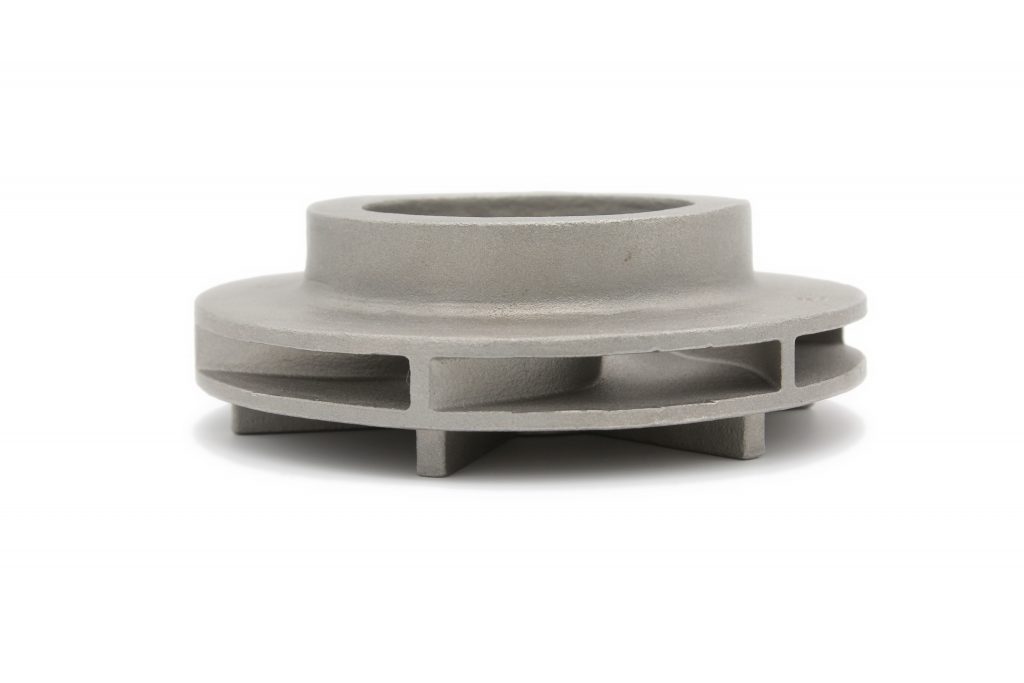Enable Manufacturing, a UK-based metal 3D printing service provider, has announced that it is now able to produce metal parts with its Additive Casting process in more than 130 metals.
The company’s Additive Casting process uses a combination of 3D printed molds and traditional casting techniques to create metal parts. By using a combination of both manufacturing techniques, the company aims to offer an expansive material selection for customers, so that they are able to produce their metal parts in the desired material.

Expanding metal options for engineers
Founded in 2019, Enable is focused on providing a service for different types of metal parts for a variety of applications using the Additive Casting process.
The company states that its technology, combining 3D printing and traditional casting, is able to manufacture complex metal parts of any size cost effectively. Enable’s website explains that, while high tooling costs and long lead times are the most significant challenges for traditional casting processes. Material compatibility is a restricting factor for direct 3D metal printing parts as well.
As such, the company has implemented a “best of both worlds” approach by offering the material choices of traditional casting, without the limitation and high cost of tooling, as the molds are produced via additive manufacturing. Enable explains that, although metal 3D printing is seeing wider adoption in producing end-use parts, while also speeding up prototyping and development cycles immensely, it is hindered by a limited material range compared to traditional processes. This means that engineers are often forced to design parts in alternative materials and therefore cannot use these 3D printed parts for the final production process
The company provides the example of parts produced using AISI 420 stainless steel, which is a higher fatigue strength alternative to AISI 316L stainless steel. Although parts can be 3D printed with AISI 316L, some applications in aerospace and heavy industry require a higher fatigue strength offered by the likes of AISI 420, however, the latter is not available for 3D printing, but can be used in casting processes.
Instead, using its Additive Casting process, Enable is able to produce parts in over 130 metals including AISI 420, ensuring engineers are able to receive their parts in the desired material. Using 3D printing, the company produces complex molds and patterns according to the specified part design. These molds are then used to cast the final metal part, before being post-processed and sent to customers. Enable uses 3D printed molds for both sand casting and investment casting processes.

Combining additive manufacturing with casting
Using 3D printing in mold making for casting manufacturing processes is nothing new, and has been employed by a number of companies. Using additive manufacturing to produce molds eliminates the need for costly tools, while also enabling faster lead times and design freedom.
Indeed, the likes of TRUMPF, a German machine tool manufacturer, has highlighted the value of 3D printing in complex mold making. For example, its TruPrint 1000 system is capable of producing near-net-shape molds with a conformal cooling system built into the mold.
Companies such as 3D Systems, voxeljet, and Soliscape have also released 3D printers specifically for casting and molding applications.
The nominations for the 2020 3D Printing Industry Awards are now open. Who do you think should make the shortlists for this year’s show? Have your say now.
Subscribe to the 3D Printing Industry newsletter for the latest news in additive manufacturing. You can also stay connected by following us on Twitter and liking us on Facebook.
Looking for a career in additive manufacturing? Visit 3D Printing Jobs for a selection of roles in the industry.
Featured image shows Metal Impellor part. Photo via Enable Manufacturing.

